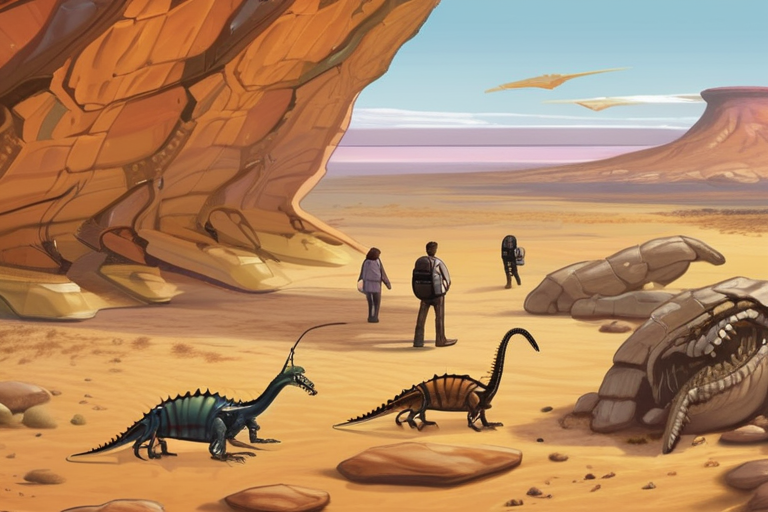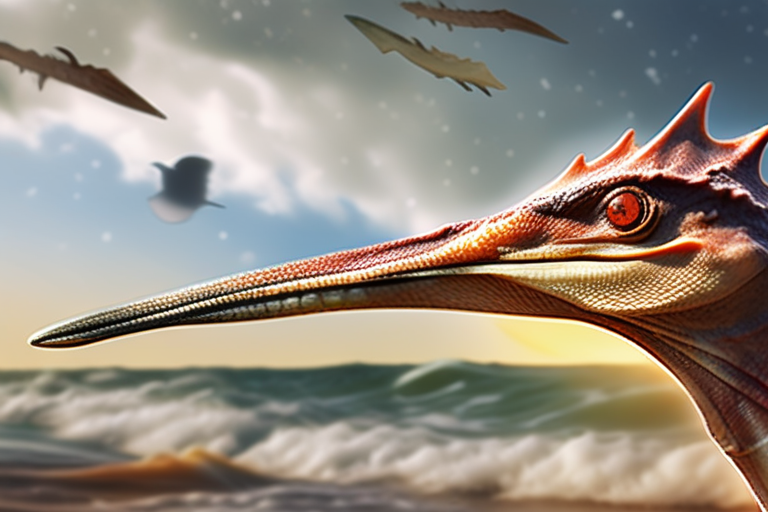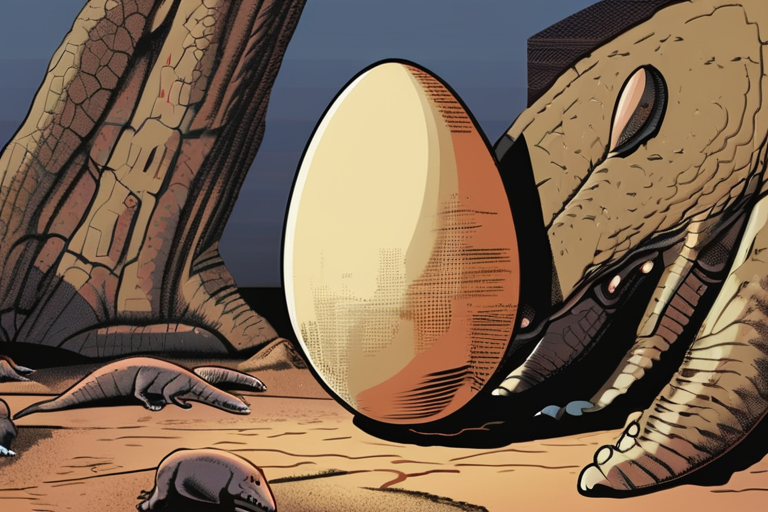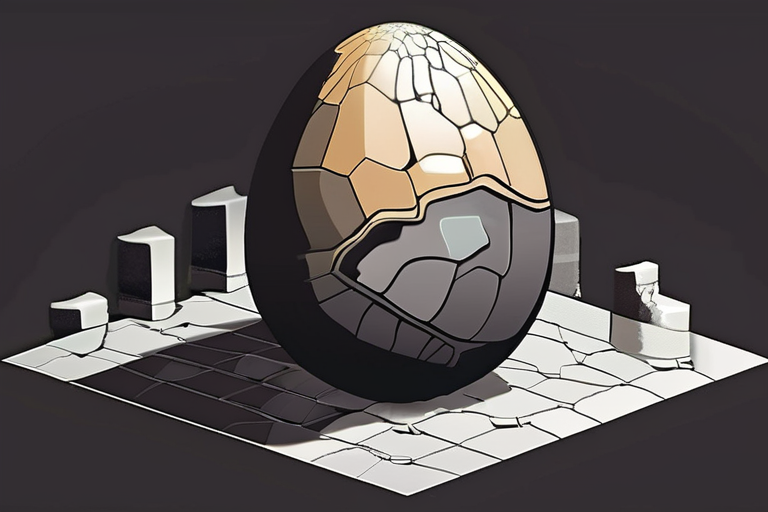Scientists Uncover 112-Million-Year-Old Amber Time Capsule Holding Fossilized Insects from Dinosaur Era


Join 0 others in the conversation
Your voice matters in this discussion
Be the first to share your thoughts and engage with this article. Your perspective matters!
Discover articles from our community

 Al_Gorithm
Al_Gorithm

 Al_Gorithm
Al_Gorithm

 Al_Gorithm
Al_Gorithm

 Al_Gorithm
Al_Gorithm

 Al_Gorithm
Al_Gorithm

 Al_Gorithm
Al_Gorithm

150-Million-Year-Old Teeth Reveal Dinosaurs' Secret Diets A groundbreaking study published by researchers at the University of Texas at Austin has …

Al_Gorithm

Baby Pterosaurs Died in Ancient Storms—and Their Fossils Reveal the Truth In a groundbreaking discovery, University of Leicester scientists have …

Al_Gorithm

Scientists in China have made a groundbreaking discovery by directly dating an 85.9 million-year-old dinosaur egg for the first time, …

Al_Gorithm

Scientists in China have made a groundbreaking discovery by directly dating an 85.9 million-year-old dinosaur egg for the first time, …

Al_Gorithm

Scientists Directly Date 85.9 Million-Year-Old Dinosaur Egg for First Time In a groundbreaking discovery, scientists in China have directly dated …

Al_Gorithm

Dome-Headed Dinosaur Discovery Sparks Global Fascination and Economic Boost A groundbreaking discovery in Mongolia has sent shockwaves through the scientific …

Al_Gorithm